75% of HR managers have struggled to find talented hires over the past year, a number that’s up from 35% in 2014. 70% of companies also believe a lack of critical skills hampers performance. Simply put, in today’s job market, snagging top talent feels a bit like trying to win a game of musical chairs where the chairs are on a merry-go-round.
The best move? Plugging the leaks in your talent pipeline. Unlike traditional reactive hiring practices, a talent pipeline prepares you in advance, ensuring you have a pool of potential candidates before positions even become vacant.
At Toggl Hire, our experience in refining candidate pipelines has armed us with valuable insights over the years. We’re here to share strategies and tips that can help your organization build a robust talent pipeline, making the hiring process more proactive and less of a last-minute scramble.
TL;DR — Key Takeaways
Talent pipelines are databases of candidates who are already vetted and qualified to fill a position. They can be external and internal candidates, as well as active or passive talent.
Crafting the perfect talent pipeline as a part of your talent acquisition strategy will reduce the time to hire, save on hiring costs, boost employee engagement, and improve marketing engagement.
When building a talent pipeline, you’ll need to maintain engagement and foster long-term hiring, implement fast hires, and assess the company’s strategy and needs.
Create engaging talent communities to keep candidates interested. Some ways to do this include showcasing your employer brand and company perks until you’ve got a vacancy to offer them!
What is a talent pipeline?
A talent pipeline is an active database of vetted candidates ready to fill vacancies when they arise.
The key characteristic of a talent pipeline is pre-qualification, as talent pipelines only feature candidates who meet the standards you need. This could include candidates from job boards and referrals you’ve tested or interviewed before or internal candidates ready to step up.
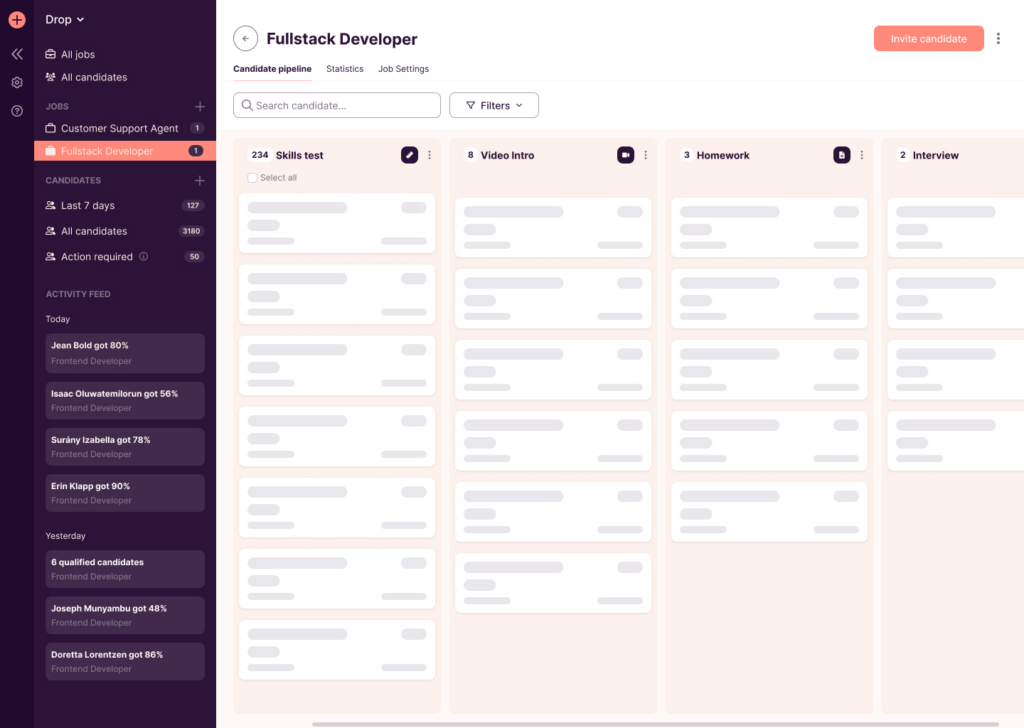
The icing on the cake is that you can hire these candidates straight away. You might need re-interviews to ensure a good team and company culture fit. However, there’s no need to take them through every step of the recruitment process, as you already understand their skills and background.
This information lets you hire efficiently and quickly, avoiding endless resume screening and pointless interviews. This is a huge competitive advantage in the scramble for elite talent, allowing you to remain agile without sacrificing quality of hire.
Active talent pipeline management involves more than keeping the contact details of unsuccessful but high-potential candidates. Instead, it’s more about nurturing relationships and keeping active and passive candidates in the loop (we’ll explore a few ways to do that in just a bit).
Talent pipeline vs. talent pool
Talent pools and pipelines are similar but not the same.
Talent pools are databases of unsuccessful applicants, potential hires, or people who have moved through your recruitment touchpoints. This database probably isn’t divided by roles, location, or skills. It just exists and may or may not be used effectively (most companies, unfortunately, don’t use them effectively).
Talent pipelines put talent pools to work. They are active and strategic, helping hiring teams build durable relationships with high-value contacts. Pipelines deliver viable candidates for upcoming roles, often over multi-year timescales.
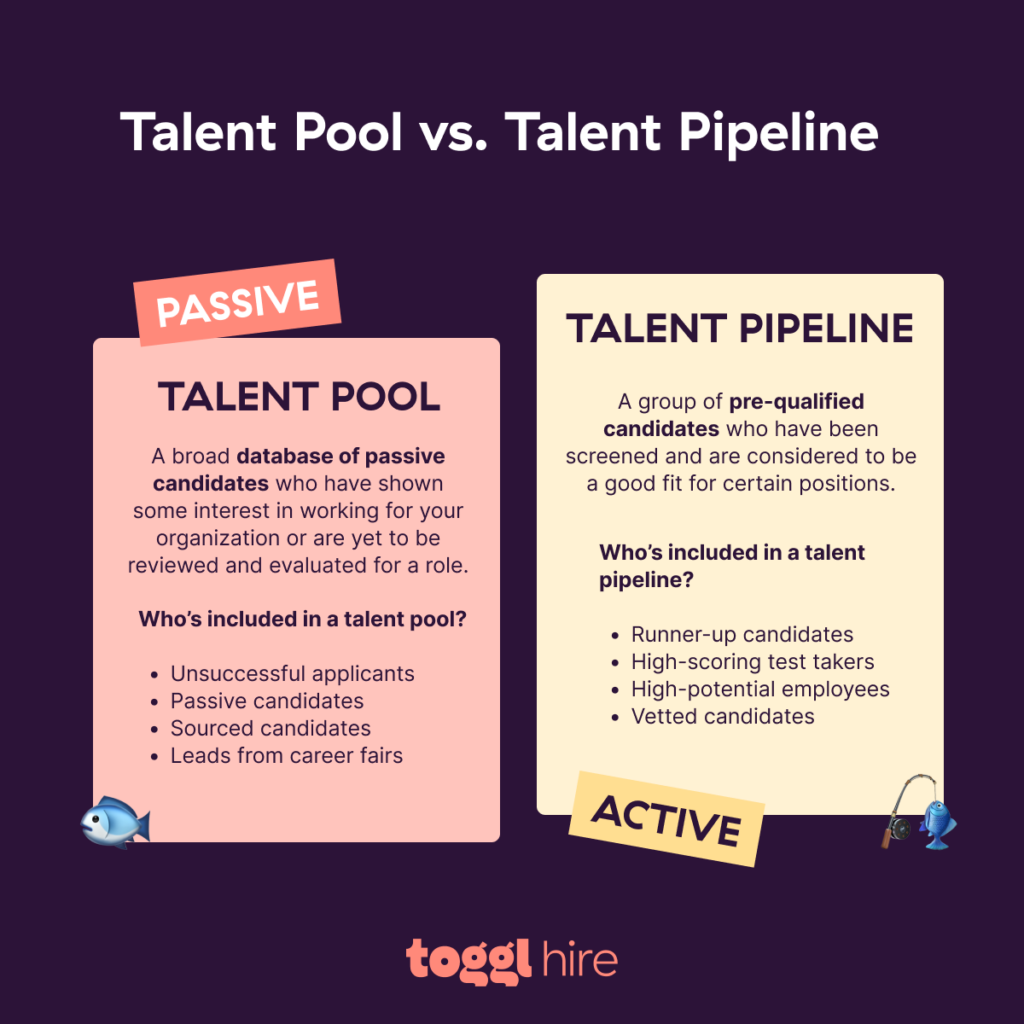
Of course, the two concepts are complementary. Companies need a vibrant talent pool for successful ongoing hiring, but that pool won’t deliver efficient hires unless it feeds into a well-designed talent pipeline.
What types of roles need a talent pipeline strategy?
Not every role requires a robust talent pipeline strategy. Generic or junior positions might not need them at all. Roles requiring specialized skills (such as software developers or healthcare providers) will benefit most from an effective talent pipeline to keep the talent rolling in.
Benefits of talent pipelines
Talent pipelines add a strategic edge to conventional recruitment. They streamline hiring processes, improving both efficiency and quality of hire. A well-oiled pipeline even boosts your employer’s reputation, cultivating a positive image with talented professionals.
Reduce time to hire
Open vacancies cost businesses over $98 a day, so reducing time-to-hire is invaluable (or, should we say, very valuable). Talent pipelines cut hiring times by lining up viable candidates when needed.
Pre-vetted candidates are familiar with the company culture and role-specific skills, which means hiring teams can head straight to hiring viable replacements and waste less time assessing unsuitable applicants.
We recommend digging into your time-to-hire and associated time-to-fill metrics to quantify your pipeline benefits fully.
Reduce hiring costs
The average cost per hire in 2024 was around $4,700. When you add salaries for new hires that don’t work out, the price tag can be huge.
Talent pipelines make it easier to filter, narrow down, and select the best candidates who are already interested in your company. The more high-quality candidates you have in your talent pool, the less your company needs to spend on advertising or external recruiters.
Well-chosen hires are also less likely to leave. Lower employer turnover also means fewer hiring processes, keeping your recruitment costs low long-term.
Boost employer brand
You can leverage talent pipelines to deliver consistent and personalized messages to talent pool members. Updates, career recommendations, branded content, and skills tests help support a positive reputation, encouraging candidates to (re)apply.
This matters a lot these days, as over 90% of job-seekers research employer brands when applying, and 86% use social media. Attractive employer brands also extend your organic reach. Potential hires consuming your content or visiting touchpoints may transition from passive talent to engaged and interested future employees.
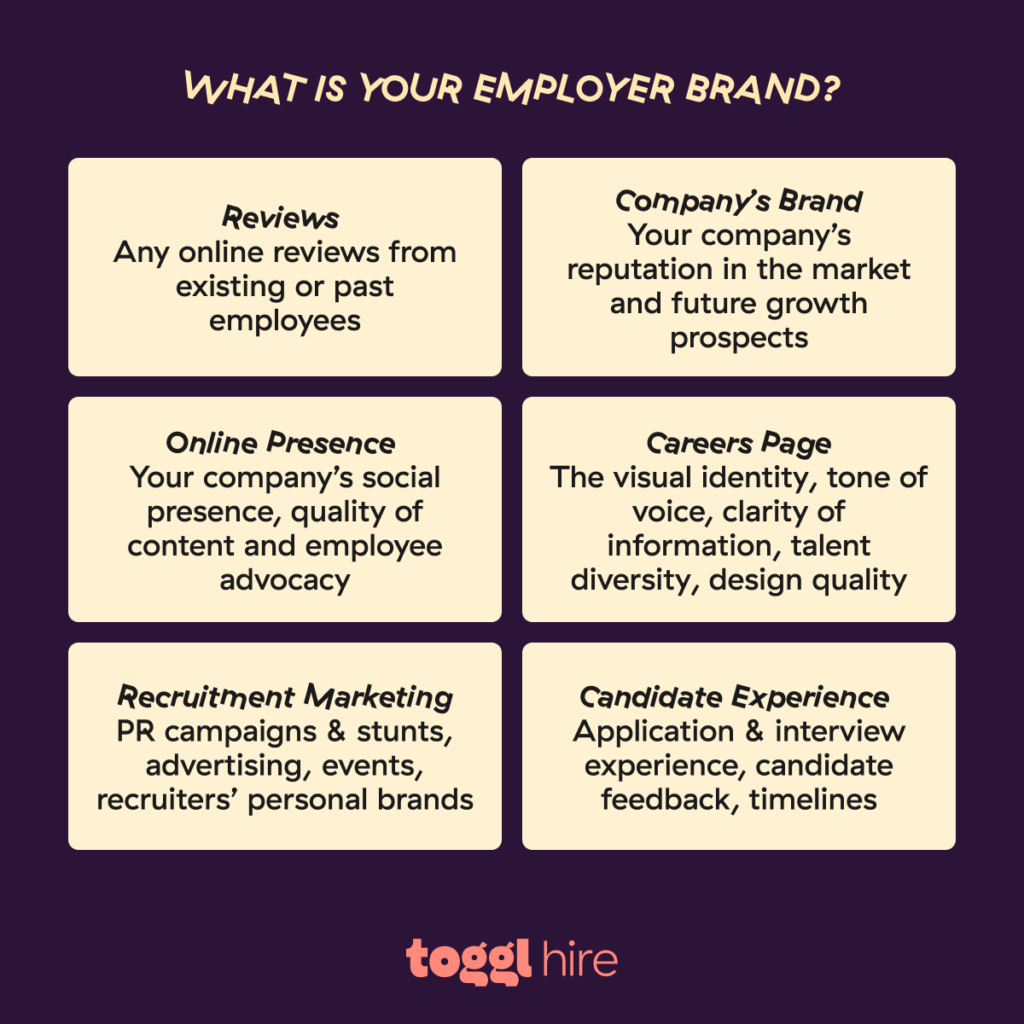
Improve the candidate experience
Talent pipelines elevate your candidate experience, providing seamless pathways from contact to hiring.
Continuous feedback connects company officers and future hires. Failed applicants receive valuable test or interview feedback. This matters because providing feedback makes candidates four times as likely to apply for future roles.
Above all, candidates feel valued and respected via personalized communications, a simple interview process, and transparent test feedback. Candidates who are comfortable and happy are far more likely to remain active talent pool members.
Engage passive candidates
Passive candidates are open to hiring but are not active job seekers. Around 37% of the US workforce falls into this category. It often includes the most qualified, talented professionals.
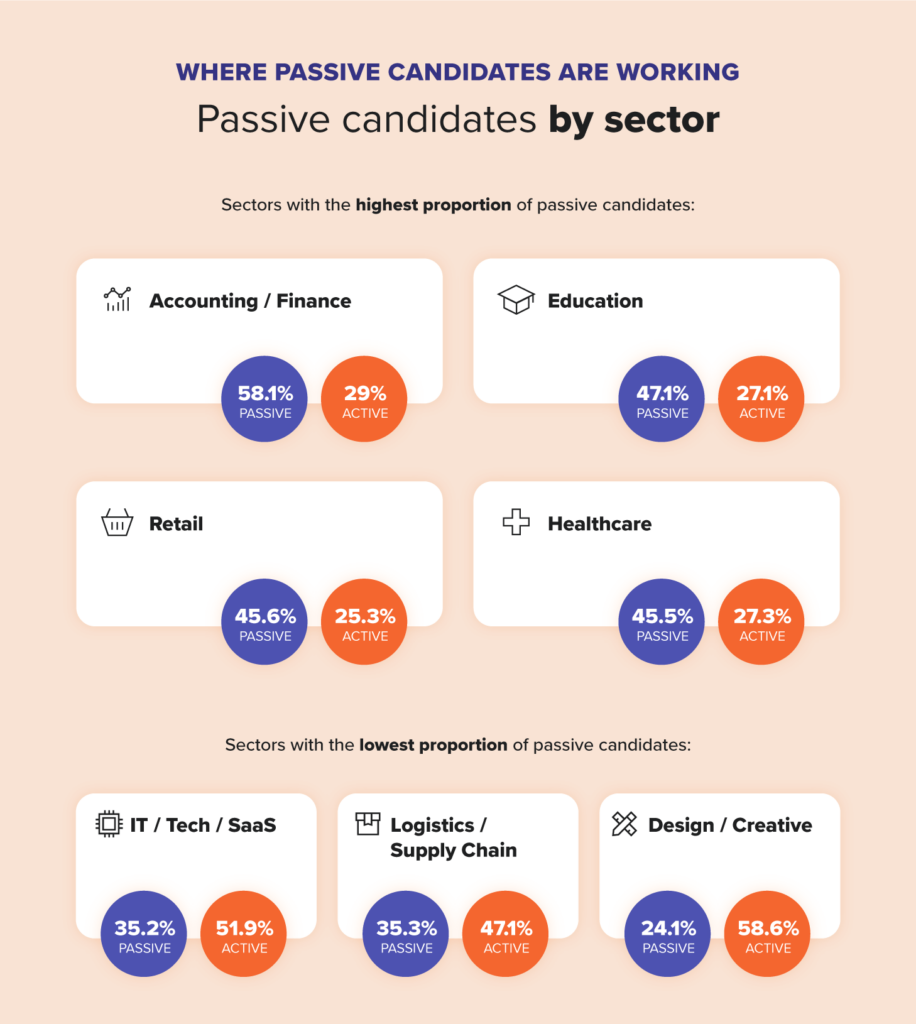
Talent pipelines reach passive candidates and help you broaden your talent pool beyond job ads and traditional applicant platforms or portals.
Improve offer acceptance rate
Talent pipelines solve the problem of low offer acceptance rates by encouraging candidates to identify with their future employers.
Candidates have the information they need to make informed decisions (such as details about benefits). Companies can also offer tailored packages based on the candidate’s needs and preferences — making them more likely to accept.
An especially great hiring pipeline delivers candidates who are keen to accept job offers before they even apply, detering casual applicants who may head elsewhere after a round or two of interviews.
Hire better-quality candidates
Pipelines also improve the quality of eventual hires. Cultivating high-quality contacts delivers a stream of pre-vetted candidates for each role. Engaged candidates should already align with the company mission, ensuring a good fit for the business culture.
With a well-developed talent pipeline, companies can also nurture specific hiring targets years in advance.
Increase diversity
A great talent pipeline makes it much easier for HR teams build diverse talent pools. Employer branding also positions your company as a diversity-friendly workplace, encouraging applications.
However, this is typically only the case when companies deploy strategies to actually reduce unconscious recruiting bias, like blind hiring and objective skills assessments. This way, the focus is always on talent — not ethnic or gender backgrounds.
Build your talent pipeline effortlessly with Toggl Hire:
- Skills testing generates reservoirs of vetted candidates to interview or keep on file
- Applicant Tracking System streamlines hiring, maintaining a focus on relevant job seekers
- Search functions also match skills, location, and experience to find the perfect fit for every role
How to build a talent pipeline
1. Identify your needs
Building a talent pipeline starts with identifying current and future workforce needs. Inventory skills you have now and areas of opportunity to upskill existing staff. Assess skills you’ll need in the future, and identify skills gaps before they become larger issues affecting the whole organization.
Department heads can help you plot future skills and create staffing timelines. Managers know how to anticipate retirements, employee departures, and emerging requirements.
Try to come away with:
Key growth plans for the next 12-18 months and critical positions where recruitment is desirable.
A ranked list of critical company positions to enable focused recruitment.
Understanding of employee turnover. Are there positions requiring stability (i.e., a high-quality long-term hire)?
Candidate personas for critical positions are vital, as they direct your talent pipeline. Personas represent the ideal candidate for each role. They include personality traits, skills, and experience — anything your perfect hire should possess.
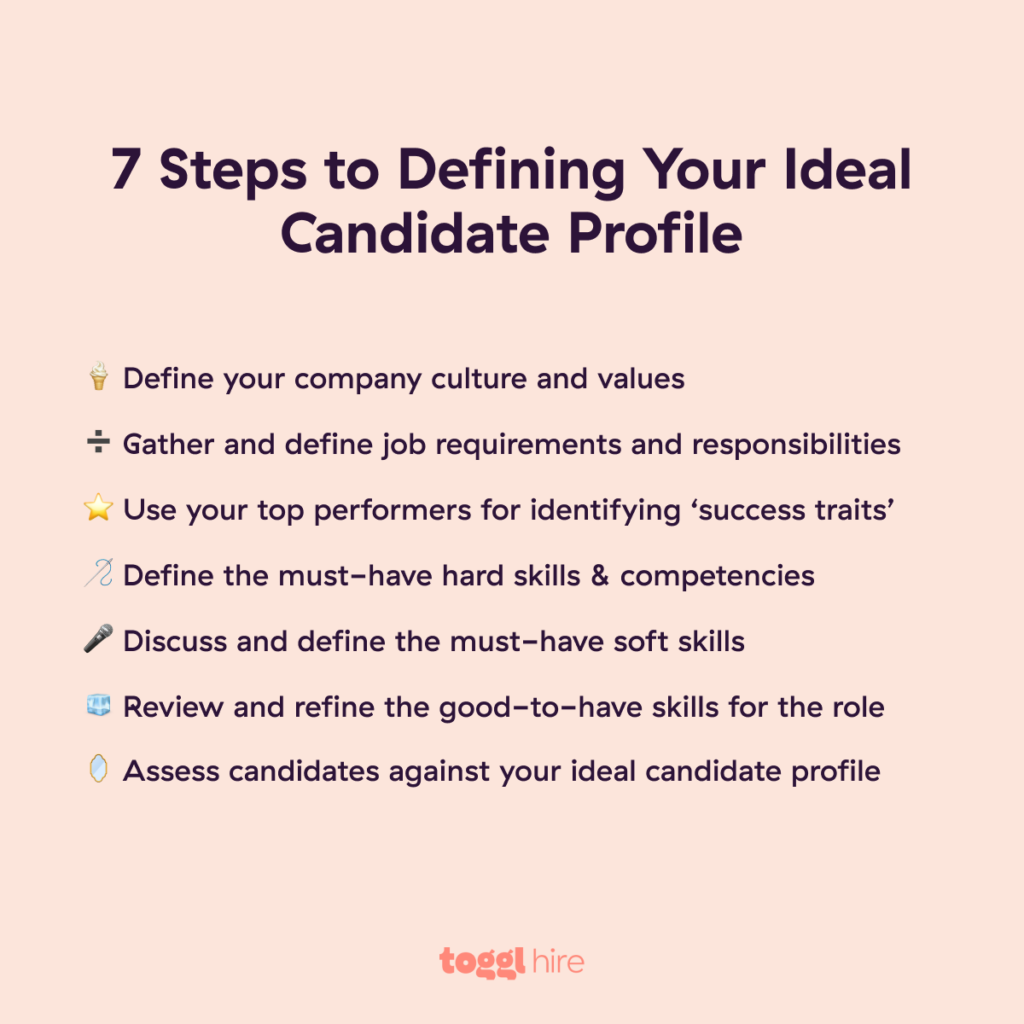
Determine must-have and desirable skills and minimum experience levels. Relate personas to your company culture, too. This foregrounds candidates who will integrate smoothly and enhance your business mission.
Positions may suit many “ideal” candidate types. Creating multiple personas widens your talent search, avoiding excessively uniform hires.
2. Start filling your hiring pipeline
Now is the time to use strategic sourcing to pump talent through the pipeline. Sourcing usually involves a three-part process:
Step one: Connecting to previous candidates
First, contact previous candidates with robust credentials and assessment scores. These individuals know about your company and the hiring process. Previous applicants should be keen to re-apply. Because they are already familiar and on file, reaching them has a very high return on investment.
Step two: Reaching passive candidates
Attracting passive candidates is equally important. These individuals are not active job-seekers — at least not yet. Your pipeline should identify and engage them. Applying should feel like a natural next step after a series of contacts via recruiting touchpoints.
Step three: Optimizing employer branding
Finally, refine your employer branding. Weak brands attract little positive attention from target audiences. Successful branding works wonders, explaining what sets your business apart.
Tip: Remember: This approach is not supposed to deliver immediate returns. Talent networks operate over the long term. They make it easier to fill vacancies in the next year or two, not next week.
3. Engage and nurture candidates in the pipeline
Flowers grow if you water them and provide enough sunlight. Your talent network is no different. It should be a vibrant ecosystem full of contacts between potential hires and current employees.
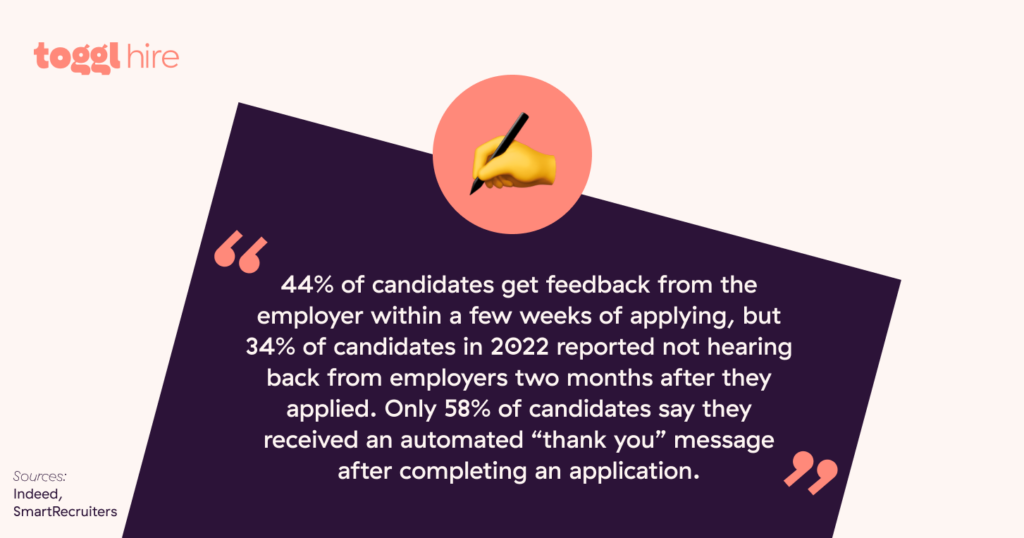
Regularly contact talent pool members. Use candidate management tools to personalize your messages and deliver valuable content. Tests, career recommendations, and job alerts keep members engaged and aware of your company.
Attend business events to field questions in person and provide expert insights. If applicable, mail swag to high-value contacts. Set aside time for video Q&As or training sessions to keep pool members hooked.
Offer value for readers or viewers. Consider what future hires need and how content can enhance your brand identity. Enlist recent hires in the discussion, too. They have recently been through the recruitment churn, so they know how candidates feel.
4. Continue to evaluate and adapt
The final part of the talent pipeline process is critical: remaining agile and innovative as your recruitment needs change.
Pipelines should generate continuous feedback from failed applicants and successful hires. Ask about engagement methods, where candidates consume job ads, and how they found the hiring process.
Supplement candidate feedback with relevant metrics. Engagement rates for branded content and click-through rates for web portals highlight engagement issues. Time to hire indicates whether you are filling job openings rapidly enough, and quality of hire measures the performance of hires in post.
Use this data to adapt your pipeline as needed. Always focus on your key goals — reaching talented potential hires and encouraging them to apply. How you achieve that is up to you.
Talent pipeline management tips
Over the years, we have learned a lot while sourcing talent for ourselves and others. That was hard work for us, but it’s good news for you. Instead of wasting time, take our advice as you design your talent acquisition strategy.
⚙️ Leverage technology and tools
We quickly discovered that implementing a candidate relationship management system was essential. Applicant Tracking Systems (ATS) tools keep track of every applicant. They log test results and contacts so you can stay on top of candidate relations.
ATS systems also provide helpful metrics to understand your talent pipeline. Without data, you’ll struggle to refine how you hire.
✨ Continue to invest in a strong employer brand
Branding is also central to sourcing the best talent, especially for start-ups and smaller companies without the power of major corporations.
Create an appealing employer brand that captures the spirit of your company. Apply that branding consistently (databases of graphics, fonts, and content templates help). And create compelling content to sell your brand.
Promotion methods vary. Blogs, YouTube videos, and employee testimonials all play a role. However, always talk about things candidates actually care about, from employee perks and environmental commitments to diversity practices. You’ll have to listen to them to find out what that actually is.
🧑🏻🤝🧑🏿 Prioritize diversity and inclusion
Speaking of diversity, inclusion is crucial to attracting high-quality hires. This generation prizes diversity and equality. The brightest stars often consider diversity when they decide their next move.
Aside from that, talent doesn’t care about gender or skin tone. Your pipeline needs ways to erase bias and reach diverse audiences.
Blind hiring helps, and our skills tests are a great example of how to assess candidates without bias. Research where diverse candidates hang out, and use your workforce for tips on how to promote your inclusion initiatives.
🙋 Develop internal talent
Pipelines don’t just flow from external talent pools to company workforces. Sometimes, internal hires are the best way to bridge skills gaps and strengthen your company culture.
Internal hires are not always the best option, but you should test employee skills and develop talent from within. Individual development plans and career paths inspire your best workers. Upwardly mobile employees are likely to learn new skills and remain in post for longer.
📈 Track and analyze hiring metrics
When pipelines spring leaks, engineers need to know. A hiring pipeline is similar. In this case, though, your engineers are your hiring managers or talent acquisition team. Critical metrics to consider include:
Time-to-hire
Cost-of-hire
Click-through rates on branded content
Social media engagement
Application rates from specific channels
Drop-out rates
Re-application rates
Choose data that relates to your hiring pipeline. However, always remember: The more you know, the easier it is to make talent flow.
Improve your hiring process with Toggl Hire
If you’re struggling to source and hire qualified candidates, it’s time to create a talent pipeline. Pipelines don’t just materialize from talent pools, though. Instead, developing pipelines requires a strategic approach utilizing the best tools available.
Recruiters must research talent markets and identify the best places to find game-changing hires. Turning heads with a compelling employer brand is also essential.
Above all, vetting candidates is critical. Toggl Hire’s assessment tools filter candidates and isolate elite talent from the crowd. Build fine-grained talent databases and keep track of every candidate with our easy-to-use ATS.
Discover more with a Toggl Hire free account and see our talent pipeline tools in action.
Elizabeth is an experienced entrepreneur and content marketer. She has nine years of experience helping grow businesses and has experienced first-hand the impact of skills-based hiring in today's global, digital world.










